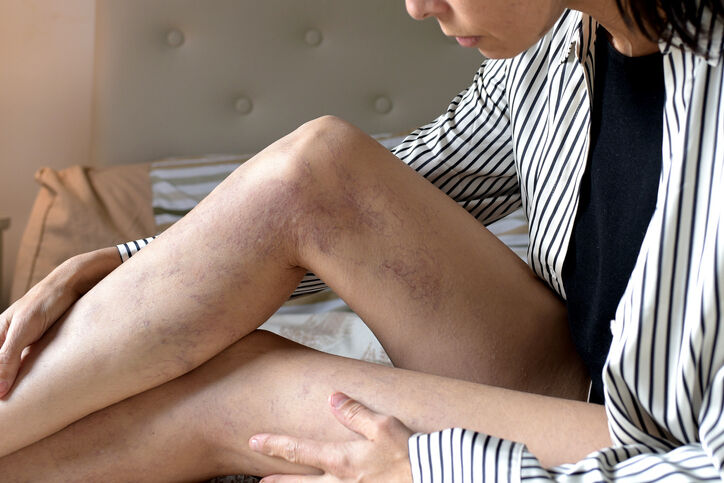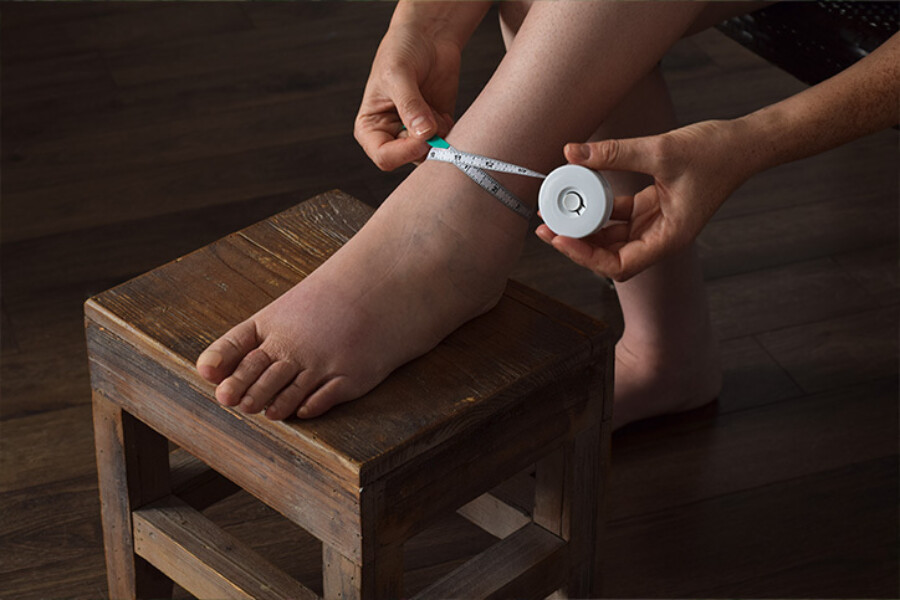
The Most Common Causes of Leg Swelling
Leg swelling is a common condition that can be caused by various underlying health conditions. Explore the causes of leg swelling in more detail here:

The reasons for leg swelling are varied and range from mundane to severe. Learn the most common reasons for leg swelling and where to seek medical attention.
Leg swelling, known medically as peripheral edema, happens when fluid becomes trapped inside leg tissues. Symptoms of leg swelling include puffiness or tightness in the legs, a feeling of heaviness or achiness in the legs, and skin discoloration or leg ulcers in more severe cases.
Peripheral edema is a common condition that affects approximately 19 percent of the population, according to the NIH National Center for Biotechnology Information.
Causes can indicate a serious medical condition, such as a problem with the venous circulation system, the lymphatic system, or failure of the heart, liver, or kidneys. Lifestyle issues such as being overweight, inactive, and sitting or standing for a long time can also cause swollen legs.
Warding off leg swelling can be as simple as maintaining a healthy weight, exercising regularly, and avoiding prolonged standing or sitting. If you are at risk of developing leg swelling, wearing compression stockings can also help prevent it.
If you are experiencing leg swelling, you must speak with your vein doctor to determine the best course of treatment. They can perform a simple examination and a diagnostic ultrasound and may recommend treatment options such as compression stockings, lifestyle changes, or a minimally invasive outpatient procedure.
Center for Vein Restoration (CVR) is the leader in treating venous disease-related leg swelling. CVR offers the most advanced, patient-focused diagnostic and treatment methods for venous insufficiency at its 100+ vein clinics. Impacting the lives of over 200,000 patients annually, CVR conducts more vein procedures than any other vein clinic or hospital. Treatment is covered by most major insurance, including Medicare and Medicaid.
Call 240-965-3915 to speak to a knowledgeable Patient Services Representative or to book an appointment. You may also choose an appointment location and time HERE.